Creating abstract charcoal drawings that carry a depth of meaning can challenge and exhilarate artists of all skill levels. Abstract art, characterized by its departure from reality, focuses on evoking emotions and thoughts through colors, shapes, and textures rather than depicting recognizable forms. Charcoal, with its rich blacks and versatile mark-making capabilities, serves as an excellent medium for this form of expression. To craft meaningful abstract compositions in charcoal, artists can employ specific techniques while embracing the medium’s inherent spontaneity and texture. This article explores how to leverage charcoal to create abstract art that resonates with viewers on a profound level.
Embracing the Abstract
The journey into abstract charcoal drawing begins with mental and technical preparation, allowing artists to fully immerse themselves in this expressive world.
Developing a Concept
Start by contemplating the idea or emotion you wish to convey. Unlike representational art, abstract works don’t rely on visual references but on the feelings and thoughts they evoke. Consider abstract concepts like movement, contrast, or balance as starting points. Keep a sketchbook or journal to jot down ideas, doodles, or words that capture your imagination. This preparatory stage isn’t about fixed plans but about gathering inspiration.
Selecting the Right Tools
In the realm of charcoal, variety equates to versatility. Equip yourself with a range of charcoals, from vine to compressed, and several grades of pencils for finer details. Each charcoal type offers different textures and intensities. A broad selection of blending tools, including brushes, stumps, and even fingers, will aid in achieving varied effects. High-quality, thick paper that can withstand heavy mark-making and erasing is crucial, as abstract works often involve experimentation and layering.
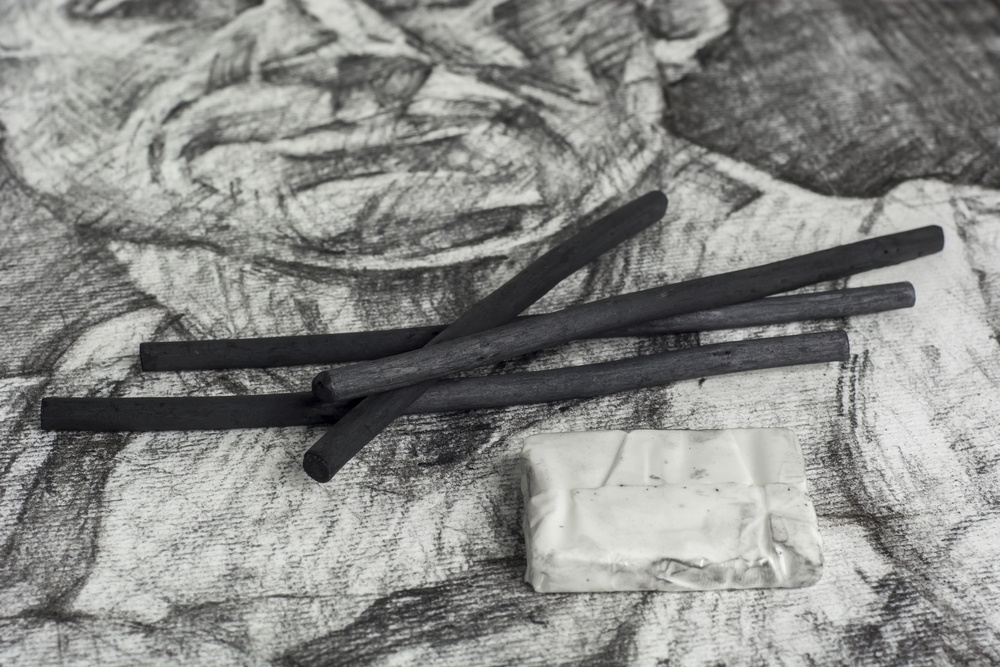
Techniques for Expressive Mark-Making
The core of abstract art lies in its expressive capabilities, achieved through innovative mark-making and textural contrasts.
Experimenting with Texture
Charcoal allows for boundless textural exploration. Use the edge of a compressed charcoal stick for broad, sweeping strokes or its point for fine lines. Apply pressure variably to create marks that range from whisper-light to intensely dark. Consider unconventional tools like feathers, cardboard edges, or even your fingers to smudge, smear, or stipple, inventing textures that bring your concept to life. Layering charcoal, then partially erasing it, can produce intriguing textures and tones that add depth to your composition.
Creating Dynamic Compositions
Abstract art thrives on dynamic compositions that captivate the viewer’s gaze. Play with the balance of light and dark, utilizing the stark contrasts charcoal affords. Arrange shapes, lines, and textures in a way that creates movement or tension within the piece. Remember, the absence of marks (negative space) is as crucial as the marks themselves. Allow your hand to move freely across the paper, letting intuition guide the balance between chaos and order.
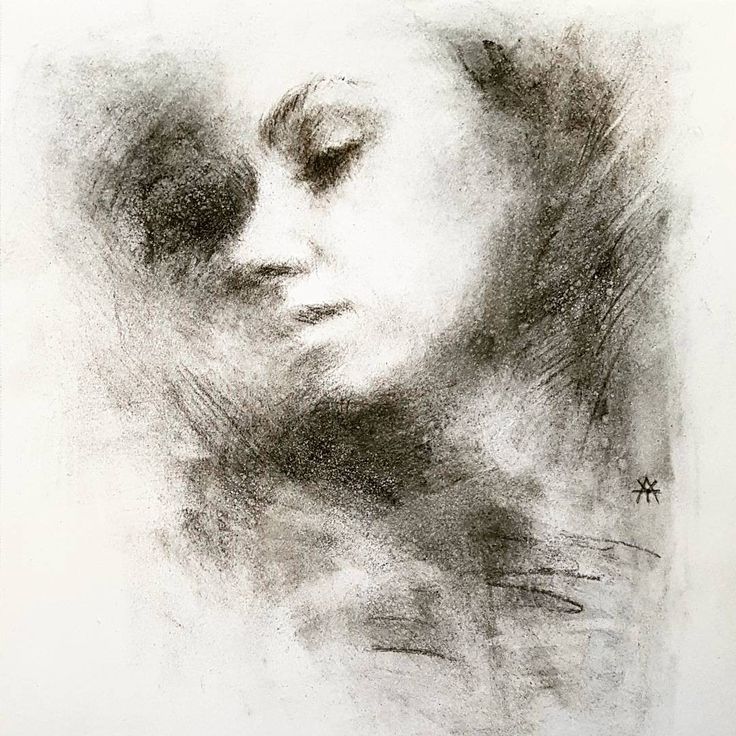
Infusing Meaning into Your Work
Abstract art is not just about aesthetics; it’s about conveying deeper meanings and emotions.
Symbolism and Metaphor
Consider incorporating symbols or metaphors that resonate with the concept you’re exploring. These don’t have to be universally understood symbols; they can be personal or idiosyncratic, as long as they hold meaning for you. Through abstract representation, even simple shapes or lines can manifest as powerful symbols that communicate complex ideas or emotions.
Evoking Emotion through Contrast and Composition
The way elements interact within your drawing can dramatically affect its emotional tone. High contrast between dark and light areas can evoke feelings of drama or tension, while smoother transitions might create a sense of harmony or calm. The composition’s flow can also guide the viewer’s emotional response—circular or curved forms often feel more serene, while sharp angles and erratic lines can suggest disquiet or energy.
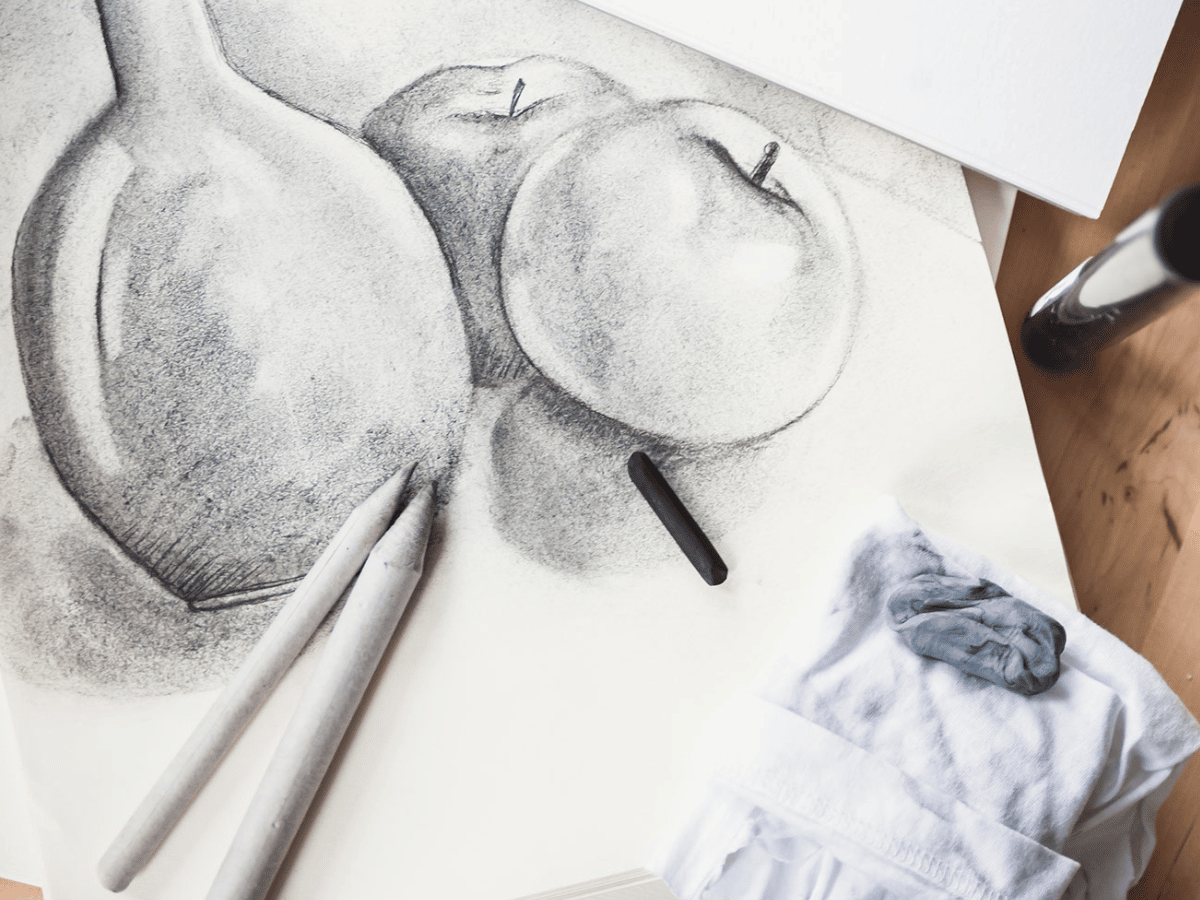
Reflection and Revision
Finalizing an abstract charcoal drawing is less about achieving a preconceived outcome and more about recognizing when the piece feels complete.
Reflective Evaluation
Step back from your work periodically to reassess its direction. Abstract art can be profoundly personal, so ask yourself if the piece feels truthful to your initial concept or emotion. Does it provoke the reaction in you that you hope to evoke in others? This reflective practice can guide your next steps, whether that means deepening the textures, introducing new elements, or even subtracting from what’s already there.
Openness to Evolution
Be open to your abstract creation evolving organically. The beauty of abstract art lies in its fluidity—what starts as one idea might morph into something entirely different but equally compelling. If the work takes an unexpected turn, embrace it. Continual revision is part of the process, with each layer adding to the depth and meaning of the piece.
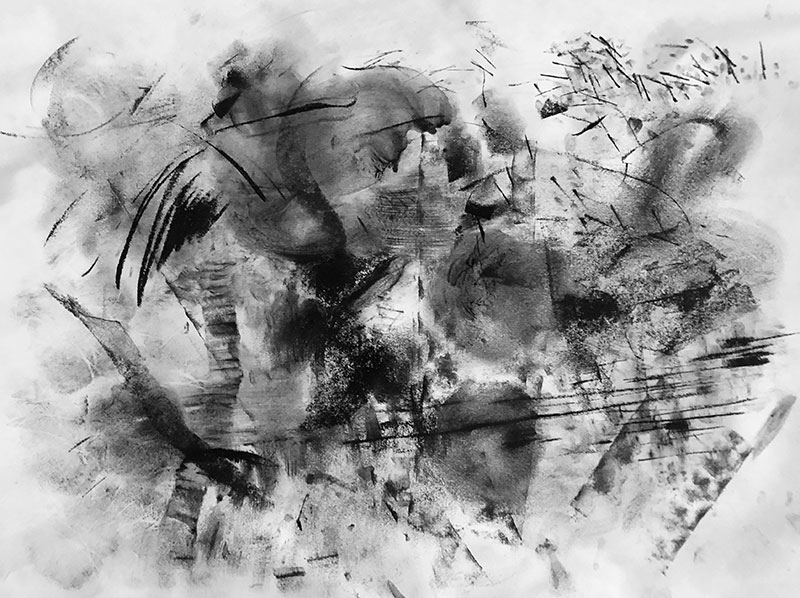
Harnessing Charcoal’s Versatility: Blending and Layering
Depth and dimension in abstract charcoal drawings come from strategic layering and thoughtful manipulation of the medium.
Mastering Blending Techniques
Blending can soften harsh lines or create gradients that add a sense of volume and space to your abstract pieces. Use tools like tortillons for detailed blending or cloths and brush bristles for broader areas. Experiment with directional blending to suggest movement or stasis. Pay attention to the pressure applied during blending, as this can dramatically change the drawing’s mood and visual impact.
Layering for Complexity
Building up layers of charcoal can enrich your abstract artwork, lending it complexity and visual interest. Start with lighter layers using vine or willow charcoal and gradually introduce compressed charcoal for darker, more defined marks. Layering isn’t solely for building up but also for scraping back; removing layers can uncover hidden tones and textures, shining a spotlight on the drawing’s history and process.
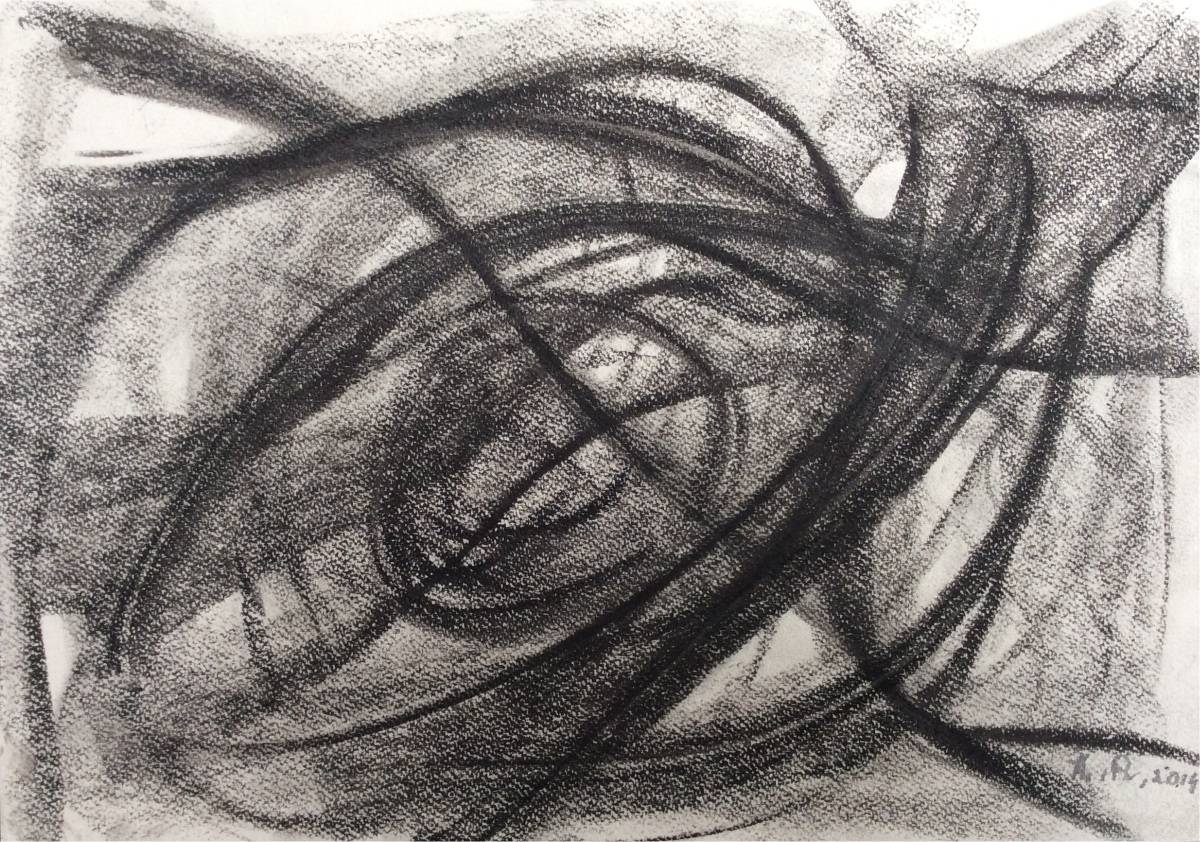
The Role of Intuition and Spontaneity
In abstract drawing, sometimes the less you plan, the more you discover. Learn to trust your instincts and embrace spontaneity as part of your creative process.
Letting Intuition Lead
Allow yourself to be in the moment with your drawing, making marks guided by your impulses. This can lead to unplanned but often more authentic results. As you become more connected to your work, the choices you make unconsciously will start to be informed by your artistic instincts and contribute to the piece’s overall meaning and cohesiveness.
Embracing Happy Accidents
Charcoal is a medium that can surprise you. Unintended marks or smudges can become integral parts of your abstract piece, serving as unexpected pathways to new visual and emotional territories. Adopt an experimental mindset and view ‘mistakes’ as opportunities for growth and artistic innovation.
Reflective Practice and Continued Growth
Becoming adept at abstract charcoal drawing is an ongoing journey of self-discovery and skill development.
Growth through Practice
The path to mastering abstract charcoal art is paved with consistent practice. Each drawing session brings new insights and furthers your comfort with the medium. Challenge yourself with new techniques, subjects, and scales to expand your artistic capabilities and discover your unique visual language.
Reflective Learning
After completing each piece, spend time reflecting on your approach, the techniques you used, and how the final product aligns with your vision. Identify areas you feel are successful and others that might need more development. Document these evaluations in your sketchbook or journal as they can be invaluable for tracking your progression as an artist.
With dedication to the methods described here—embracing the tools, techniques, and spontaneous nature of charcoal while reflecting on and learning from your artistic process—you can create abstract charcoal drawings that transcend the mere nonrepresentational. These artworks can become evocative narratives, reflections of the artist’s inner world, and meaningful experiences for viewers who engage with them.